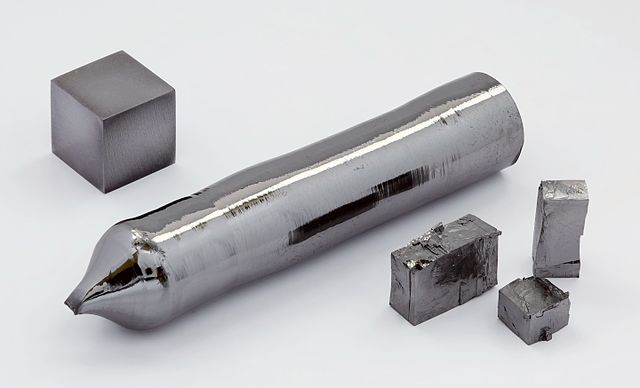An 84 year old patient suffering from osteoarthritis has reportedly become the first man in the world to receive a 3D printed tantalum knee implant. The news has been circulated by Chongqing News (CQNews.net), a local source set up by Chongqing State Council, a south-west municipality of China.
The surgery was conducted at a First Affiliated Hospital in the area, and was led by Professor Yang Liu, a researcher and practising surgeon from the nation’s Key Technologies R&D Program.
Move over titanium
Titanium and nickel alloys are commonly used to make medical implants as they present a good strength-to-weight ratio, are corrosion-resistant, and relatively abundant in the Earth’s crust. Tantalum, by comparison, is a rare metal, though it exhibits a number of features that make it a valuable additive to medical-grade alloys.
In addition to high corrosion-resistance, tantalum is chemically inert. It is a viable substitute for platinum, and also useful in necessarily sterile environments. With additive manufacturing, the relatively uncommon metal can be used sparingly, optimizing its potential using laser-assisted additive manufacturing systems.
Notable users of the material in the 3D printing industry include EBAM specialists Sciaky, and UK-based metal powder manufacturer Metalysis.

Expediting patient recovery
In the case of Professor Liu’s patient, a 3D printed tantalum implant was used to reconstruct a large portion of the bone in his left knee. It was custom-made based on x-ray images and scan data of the patient, and designed with a porosity to encourage in-growth of organic tissue.
Surgeons at the hospital in Chongqing conducted the procedure in the hope that the bespoke nature of the implant would help expedite recovery, and reduce the risk of complications. In photographs the patient is shown standing, with a support splint still attached to the leg.

3D printing’s commitment to healthcare
Though significantly smaller than a knee implant, spinal lumbar cages have become one of the most common uses of 3D printing in medicine. Several titanium designs have received approval from the FDA, and more companies are continuing to branch out into more challenging applications.
3D printed tantalum in particular has been the subject of medical research projects, including an investigation for use in hip implants conducted by Metalysis and TWI.
For more of the latest news in medical, aerospace and more like, follow and subscribe to 3D Printing Industry online.
Register for 3D printing jobs here.
Featured image shows the 3D printed tantalum knee implant used in replacement surgery for a man in China. Photo via CQNEWS.NET



